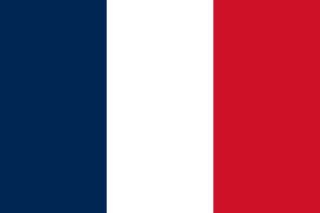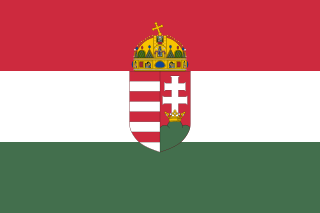
The 1928 Winter Olympics, officially known as the II Olympic Winter Games and commonly known as St. Moritz 1928, were an international winter multi-sport event that was celebrated from 11 to 19 February 1928 in St. Moritz, Switzerland.

The 1924 Winter Olympics, officially known as the I Olympic Winter Games and commonly known as Chamonix 1924, were a winter multi-sport event which was held in 1924 in Chamonix, France. Originally held in association with the 1924 Summer Olympics, the sports competitions were held at the foot of Mont Blanc in Chamonix, and Haute-Savoie, France between 25 January and 5 February 1924. The Games were organized by the French Olympic Committee, and were originally reckoned as the "International Winter Sports Week". With the success of the event, it was retroactively designated by the International Olympic Committee (IOC) as "the first Olympic Winter Games".

The 1992 Winter Olympics, officially known as the XVI Olympic Winter Games and commonly known as Albertville '92, were a winter multi-sport event held from 8 to 23 February 1992 in and around Albertville, France. Albertville won the bid to host the Winter Olympics in 1986, beating Sofia, Falun, Lillehammer, Cortina d'Ampezzo, Anchorage, and Berchtesgaden. The 1992 Winter Olympics were the last winter games held in the same year as the Summer Olympics. The Games were the fifth Olympic Games held in France and the country's third Winter Olympics, after the 1924 Winter Games in Chamonix and the 1968 Winter Games in Grenoble. This games was the first of two consecutive Olympic games to be held in Western Europe, preceding the 1992 Summer Olympics in Barcelona, Spain.
1924 in sports describes the year's events in world sport.

The 1924 Winter Olympics, officially known as the I Olympic Winter Games, and known at the time as Semaine Internationale des Sports d'Hiver, was a winter multi-sport event held in Chamonix, France, from 25 January to 5 February 1924. Norway topped the table, collecting seventeen medals in total, including four gold, three of which were won by Thorleif Haug in the Nordic combined and cross-country skiing events. Norway also achieved two podium sweeps, winning all three medals in both the 50 km cross-country skiing and the Nordic combined. This remained a record at the Winter Olympics until 2014.

Johan Hagbart Pedersen Grøttumsbraaten was a Norwegian skier who competed in Nordic combined and cross-country. Dominating both events in the 1920s and early 1930s, he won several medals in the early Winter Olympics. Most notably, he won two gold medals at the 1928 Winter Olympics, and as one of the only two entrants to win two gold medalists from St. Moritz, was the most successful athlete there, along with Clas Thunberg of Finland. He previously won three medals at the inaugural Winter Olympics held in Chamonix in 1924, and went on to defend his Olympic title in Nordic Combined Skiing at the 1932 Winter Olympics.
At the 1924 Winter Olympics, two cross-country skiing events were held. The 50 km competition was held on Wednesday, 30 January 1924 and the 18 km competition was held on Saturday, 2 February 1924. The events were also part of the FIS Nordic World Ski Championships as well, which would be combined until the 1980 Winter Olympics.
At the 1928 Winter Olympics one individual Nordic combined event was contested. It was held on Friday, February 17, 1928 and on Saturday, February 18, 1928. Unlike today the ski jump was the last event held. Both events were also individual medal events.
At the 1932 Winter Olympics one individual Nordic combined event was contested. It was held on Wednesday, February 10, 1932 and on Thursday, February 11, 1932. Unlike today the ski jump was the last event held. Both events were also individual medal events.
At the 1936 Winter Olympics, one individual Nordic combined event was contested. It was held on Wednesday, February 12, 1936 and on Thursday, February 13, 1936.

Finland competed at the 1924 Winter Olympics in Chamonix, France. Finnish athletes won a total of 11 medals. The majority of these were awarded in speed skating, to Clas Thunberg and Julius Skutnabb.

France was the host nation for the 1924 Winter Olympics in Chamonix. For the first time in modern Olympics history, the host nation did not win a gold medal.

Hungary competed at the 1924 Winter Olympics in Chamonix, France.

Norway competed at the 1924 Winter Olympics in Chamonix, France.

Poland competed at the 1924 Winter Olympics in Chamonix, France.

Switzerland competed at the 1924 Winter Olympics in Chamonix, France.

Athletes from Sweden competed in the 1924 Winter Olympics in Chamonix, France.

The United States competed at the 1924 Winter Olympics in Chamonix, France.
For the 1924 Winter Olympics in Chamonix, France, a total of three sports venues were used. The main stadium was used for all but two sports and part of a third. It was the first ski jump used for the Winter Olympics. A bobsleigh track was prepared for use.












